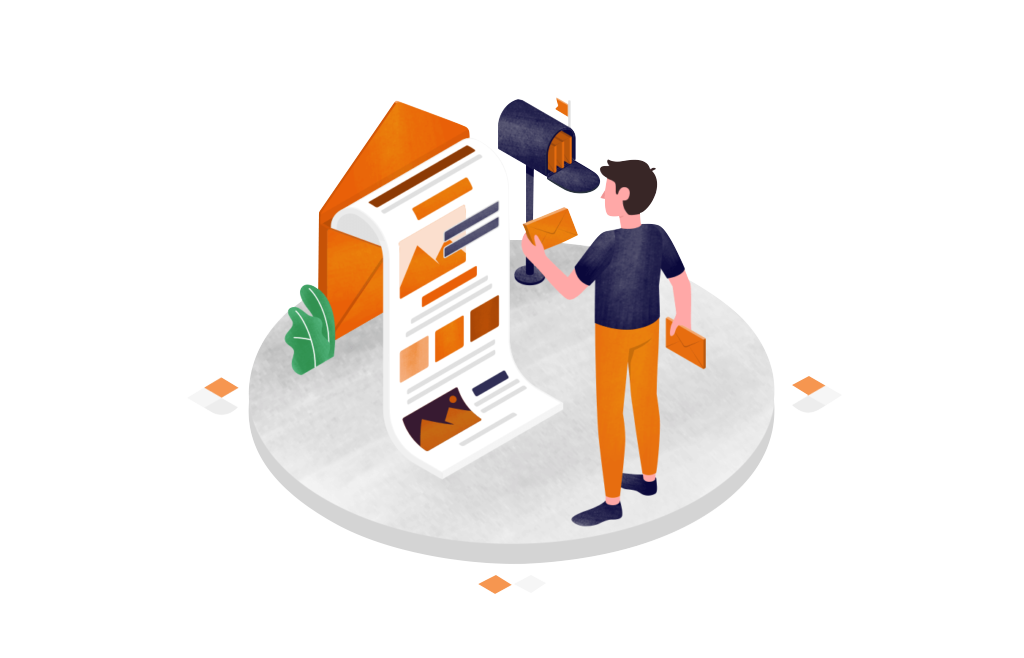Having too many pictures and unread emails on your phone might mean you have this mental disorder

Does this ring a bell?If your phone contains thousands of photos you have to swipe through to find what you need or your phone storage is always full because you’re reluctant to delete anything, even unread emails, you may be a digital hoarder.Hoarding disorder — which is often associated with obsessive-compulsive disorder and is believed to affect about 2.5% of Americans — is defined as persistent problems parting with possessions even if they have little or no value.Digital hoarding is characterized by the excessive accumulation of digital files like emails, photos, texts or memes.The smartphone user may feel emotionally attached to the computer data and struggle to organize or delete it, leading to stress and anxiety.“It has to do with the fear of needing this information at some point in the future and yet not having access to it and not knowing where to find it,” Dr.
Emanuel Maidenberg, a clinical professor of psychiatry and biobehavioral sciences at UCLA’s David Geffen School of Medicine, told CNN last week.So how do you know if you have a problem? Researchers have identified four types of digital hoarders.First are “collectors,” who have a well-organized system of files and don’t get easily overwhelmed.Next are “accidental hoarders,” who don’t mean to save unnecessary data but don’t know how to manage it.There are also “hoarders by instruction,” who keep data on behalf of their company and don’t have personal ties to it, and “anxious hoarders,” who emotionally preserve information just in case they need it later.Experts gave three tips to CNN for managing and purging digital clutter from your life.Recent research found that the average smartphone user has around 80 apps installed on their phone but only uses about 30 a month.Delete unused apps, unsubscribe from unnecessary newsletters and notifications and clear your inbox of unread or unimportant emails.The average American spends roughly seven hours online every day.Curt...


